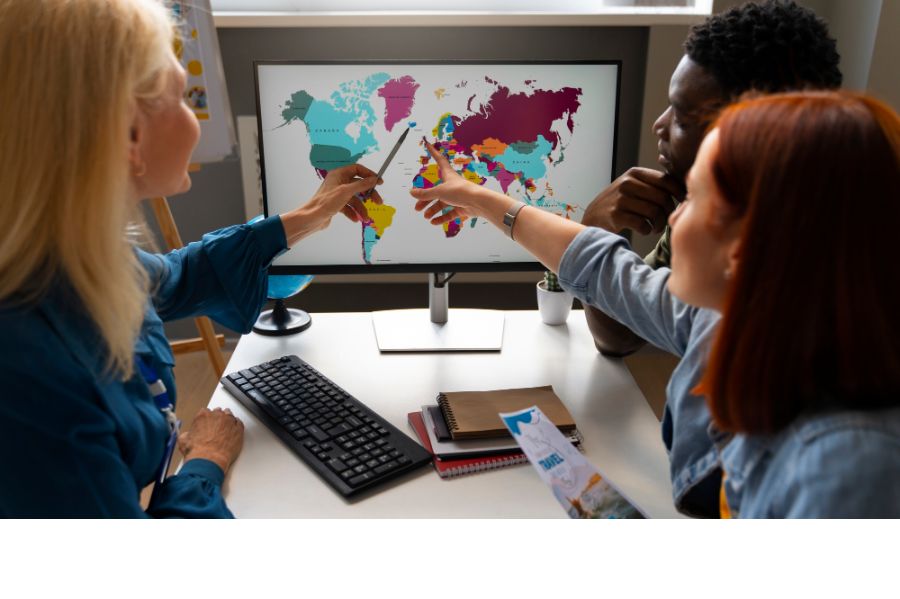Introduction
The German-speaking regions of Europe are not just a hub of economic activity and cultural heritage; they also boast a rich tapestry of languages and dialects. Understanding the dynamics of multilingualism in these areas sheds light on their diverse linguistic landscape and the importance of language diversity in today’s globalized world.
Multilingualism: A Cultural Tapestry
- Linguistic Diversity: In addition to Standard German, spoken as the official language in Germany, Austria, Switzerland, and Liechtenstein, there exists a myriad of regional dialects and minority languages. These include Bavarian, Swiss German (Schweizerdeutsch), and Alemannic dialects, each with its own unique vocabulary and pronunciation.
- Historical Influences: The history of the German-speaking regions has been shaped by various linguistic influences. For instance, areas near borders with France, Italy, and the Netherlands may exhibit bilingualism or trilingualism due to historical interactions and geographical proximity.
- Language Policies: Each country within the German-speaking regions has its language policies aimed at preserving linguistic diversity while promoting proficiency in Standard German. These policies often support education in regional languages and dialects alongside the national language.
Importance of Multilingualism
- Cultural Identity: Language is a fundamental aspect of cultural identity. Multilingualism in German-speaking regions fosters a sense of belonging and pride in regional dialects and languages, enriching cultural expressions and traditions.
- Economic Advantages: Proficiency in multiple languages, including regional dialects, enhances economic opportunities. It facilitates communication in local markets, promotes tourism, and supports international business relations.
- Educational Benefits: Growing up in a multilingual environment can benefit cognitive development and linguistic flexibility. It allows individuals to communicate effectively across linguistic boundaries and engage with diverse perspectives.
Language Diversity in Education
- Language Learning Programs: Educational institutions across German-speaking countries offer comprehensive language learning programs. These programs not only focus on Standard German but also include courses in regional dialects and foreign languages to cater to diverse linguistic needs.
- Integration Efforts: In regions with significant immigrant populations, efforts are made to support language integration through language courses and cultural orientation programs. This enhances social cohesion and facilitates integration into local communities.
Embracing Language Diversity
Understanding and celebrating language diversity in German-speaking regions is essential for promoting inclusivity and fostering cultural exchange. Whether you’re interested in exploring regional dialects or mastering Standard German, platforms like Multibhashi offer live German classes online that cater to learners at all proficiency levels.
Conclusion
The German-speaking regions exemplify how linguistic diversity enriches societies and strengthens cultural heritage. Embracing multilingualism not only preserves regional languages but also enhances personal, educational, and professional opportunities in a globalized world.
Explore the diverse linguistic landscape of German-speaking regions and embark on your language learning journey with live German classes online from Multibhashi. Discover the beauty of languages and expand your horizons today!
In conclusion, the German-speaking regions exemplify how linguistic diversity enriches societies and strengthens cultural heritage. Embracing multilingualism not only preserves regional languages but also enhances personal, educational, and professional opportunities in a globalized world.
